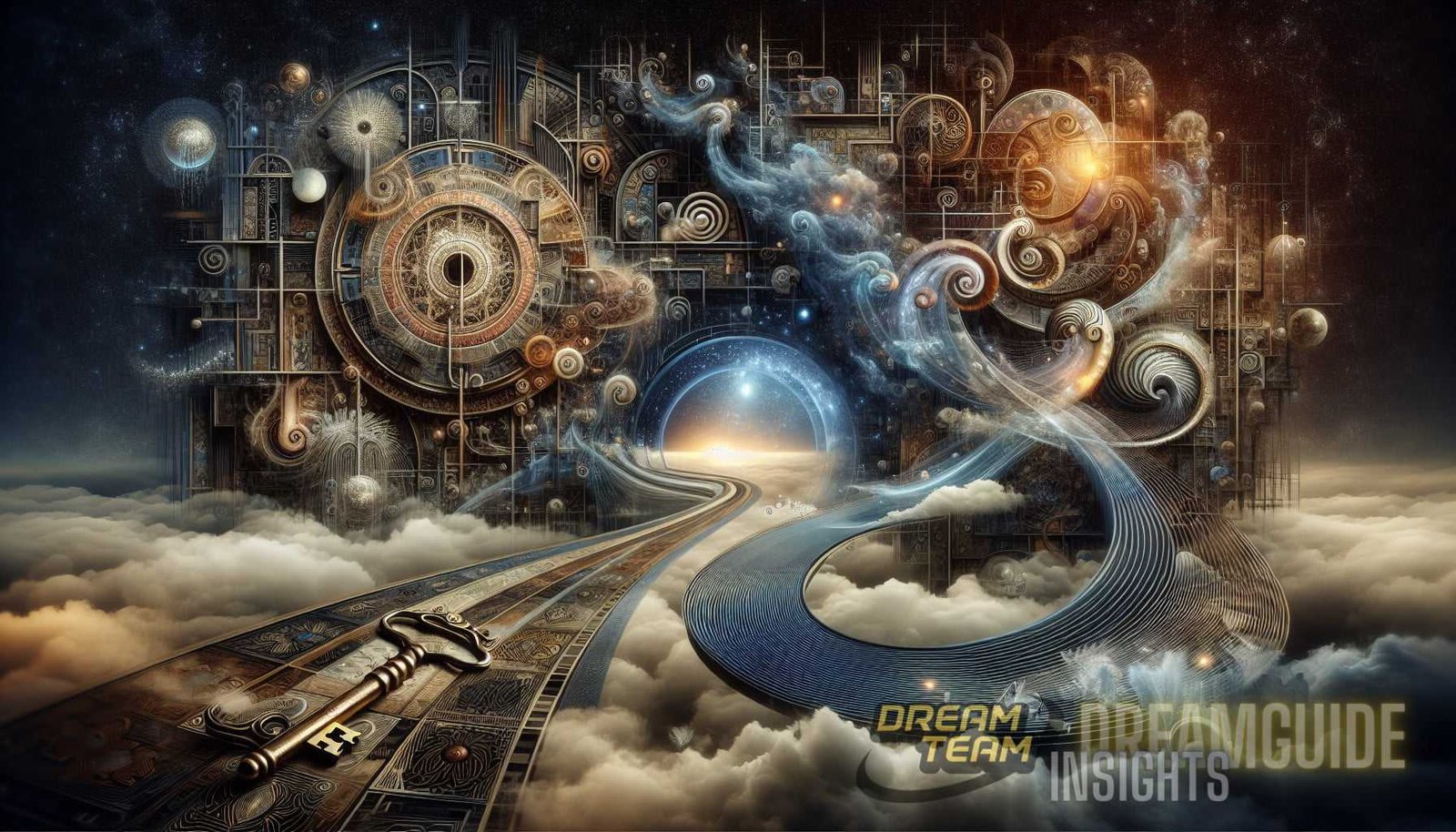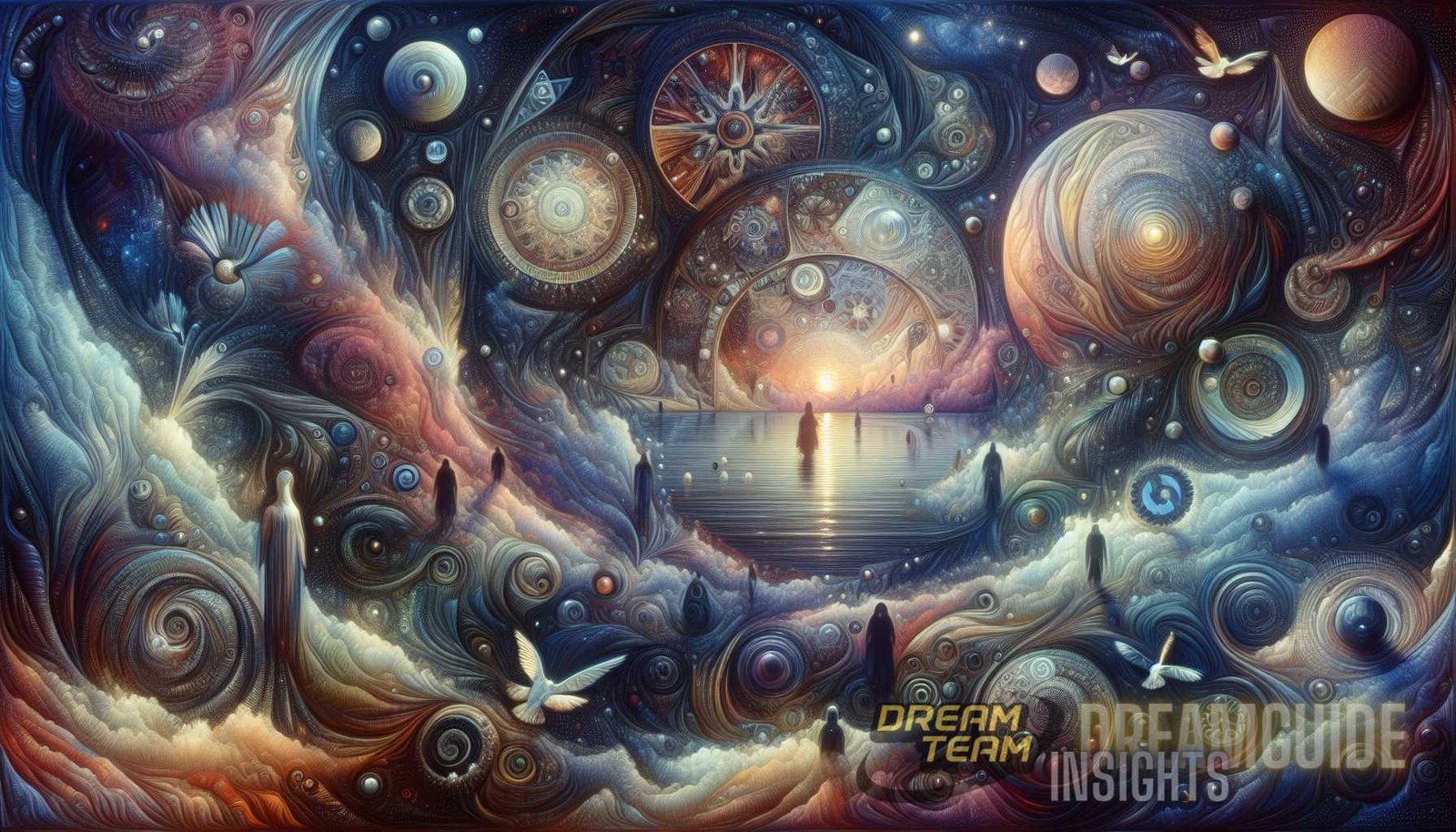Dream Symbolism: Unraveling the Symbolic Tapestry
Dreams have long been a subject of fascination and intrigue. Throughout history, humans have tried to unravel the hidden meanings behind their dreams. Psychologists, philosophers, and spiritual leaders have all sought to understand the symbolism present in dreamscapes. In this article, we will explore the fascinating world of dream symbolism, delving into the depths of the unconscious mind and interpreting the hidden messages behind our dreams.
The Language of Dreams
Dreams have been referred to as the “language of the unconscious.” They provide a window into our deepest desires, fears, and emotions. While dreams can often seem bizarre and disconnected from reality, they are not random occurrences. They contain important symbols and images that carry meaning and significance.
One of the key tools used in analyzing dreams is the interpretation of symbols. Symbols are representations of ideas, experiences, or emotions that go beyond their literal meaning. Symbolism is a fundamental aspect of the human psyche, and it plays a crucial role in our dreams.
Understanding Dream Symbols
Interpreting dream symbolism requires a deep understanding of the universal archetypes and the personal associations we have with specific symbols. Carl Jung, a renowned Swiss psychiatrist and psychoanalyst, believed that dreams contain symbols that reflect our unconscious thoughts and desires.
For example, dreaming of water can have different meanings depending on the context and the individual’s personal experiences and emotions. To some, water may symbolize emotions and the unconscious. To others, it may represent cleansing and renewal. Understanding the personal associations with symbols is essential in deciphering their meaning within the dreamer’s unique psychological landscape.
While some symbols have universal meanings, others are highly personal and may require a more individualized interpretation. For example, a snake may be a symbol of transformation and rebirth for many people, but for someone with a deep-seated fear of snakes, it may represent danger and anxiety.
A comprehensive understanding of dream symbols requires a combination of knowledge about collective symbolism and insight into the individual dreamer’s associations and experiences.
The Role of Emotions in Dream Symbolism
Emotions play a vital role in dream symbolism. Dreams often heighten emotions, intensifying feelings that may be less pronounced during waking life. Understanding the emotional context of a dream can provide valuable insights into its symbolic meaning.
For example, a dream about falling may be a representation of insecurities and fear of failure. However, the intensity of the emotion felt during the dream can provide additional clues about the specific underlying emotions at play.
By examining the emotional landscape of dreams, dream analysts can gain a deeper understanding of the dreamer’s subconscious thoughts and fears. This knowledge can be used to explore unresolved issues and promote personal growth.
The Power of Dream Archetypes
Archetypes are universal symbols or patterns that appear in dreams and myths across cultures and time periods. They represent fundamental aspects of the human experience and often depict common themes such as the hero’s journey, rebirth, or the battle between good and evil.
Carl Jung believed that archetypes carry deep emotional and psychological significance, and their appearance in dreams can reveal hidden truths about the dreamer’s inner world. By recognizing and interpreting archetypal symbols, we can gain profound insights into our dreams.
For example, the archetype of the “wise old man” may appear in dreams as an elderly figure offering guidance and wisdom. This archetype represents the universal longing for guidance and the quest for knowledge.
Understanding these archetypal symbols can help us identify recurring themes in our dreams and shed light on aspects of our psyche that may need attention and healing.
Unlocking the Secrets of Dream Symbols

While dreams can feel mysterious and elusive, there are several techniques and practices that can help unravel their symbolic tapestry:
- Dream Journaling: Keeping a dream journal can help track recurring symbols and patterns in dreams. By recording dreams regularly, dreamers can identify common themes and symbols, enabling a deeper understanding of their personal dream symbolism.
- Dream Analysis: Working with a trained dream analyst or therapist can provide valuable insights into dream symbolism. They can help navigate the complex layers of meaning and guide individuals towards a deeper understanding of their dreams.
- Meditation and Reflection: Taking time to reflect on dreams and their symbols can enhance self-awareness and lead to valuable personal insights.
- Symbols Dictionary: Utilizing a comprehensive symbols dictionary can provide valuable information about the general meaning of symbols. However, it is important to remember that personal associations and emotions ultimately shape the symbolic meaning in dreams.
By combining these techniques and exploring the rich symbolism within dreams, individuals can gain a deeper understanding of themselves and their subconscious thoughts and emotions.
Dream Symbolism in Action
To provide a practical application of dream symbolism, let’s examine two common dream symbols: animals and water.
Dream Animals: Decoding the Symbolism
Animals are a frequent presence in dreams and hold significant symbolic meaning. Each animal represents different qualities and characteristics that may provide insights into the dreamer’s inner world.
Here are a few examples of common dream animals and their symbolic meanings:
- Snakes: Snakes often symbolize transformation, rebirth, and personal growth.
- Birds: Birds can represent freedom, spirituality, and communication.
- Cats: Cats often symbolize independence, mystery, and intuition.
- Wolves: Wolves may represent instincts, loyalty, and leadership.
It is important to note that the symbolic meaning of animals can vary depending on cultural and personal associations. The context of the dream and the dreamer’s emotions also play a crucial role in interpreting animal symbolism.
Explore more about dream animal symbolism in an article available here.
Dream Water: Unlocking the Symbolism of Emotions and the Unconscious
Water is another powerful symbol commonly found in dreams. It represents the depths of the unconscious and the realm of emotions.
The symbolism of water can vary depending on its form and the context of the dream. Here are a few examples:
- Ocean: The ocean often represents the vastness of emotions and the unknown.
- River: A river can symbolize the flow of life and the passage of time.
- Rain: Rain may represent cleansing, renewal, or sadness and grief.
- Frozen water: Frozen water can symbolize emotional stagnation or being emotionally guarded.



